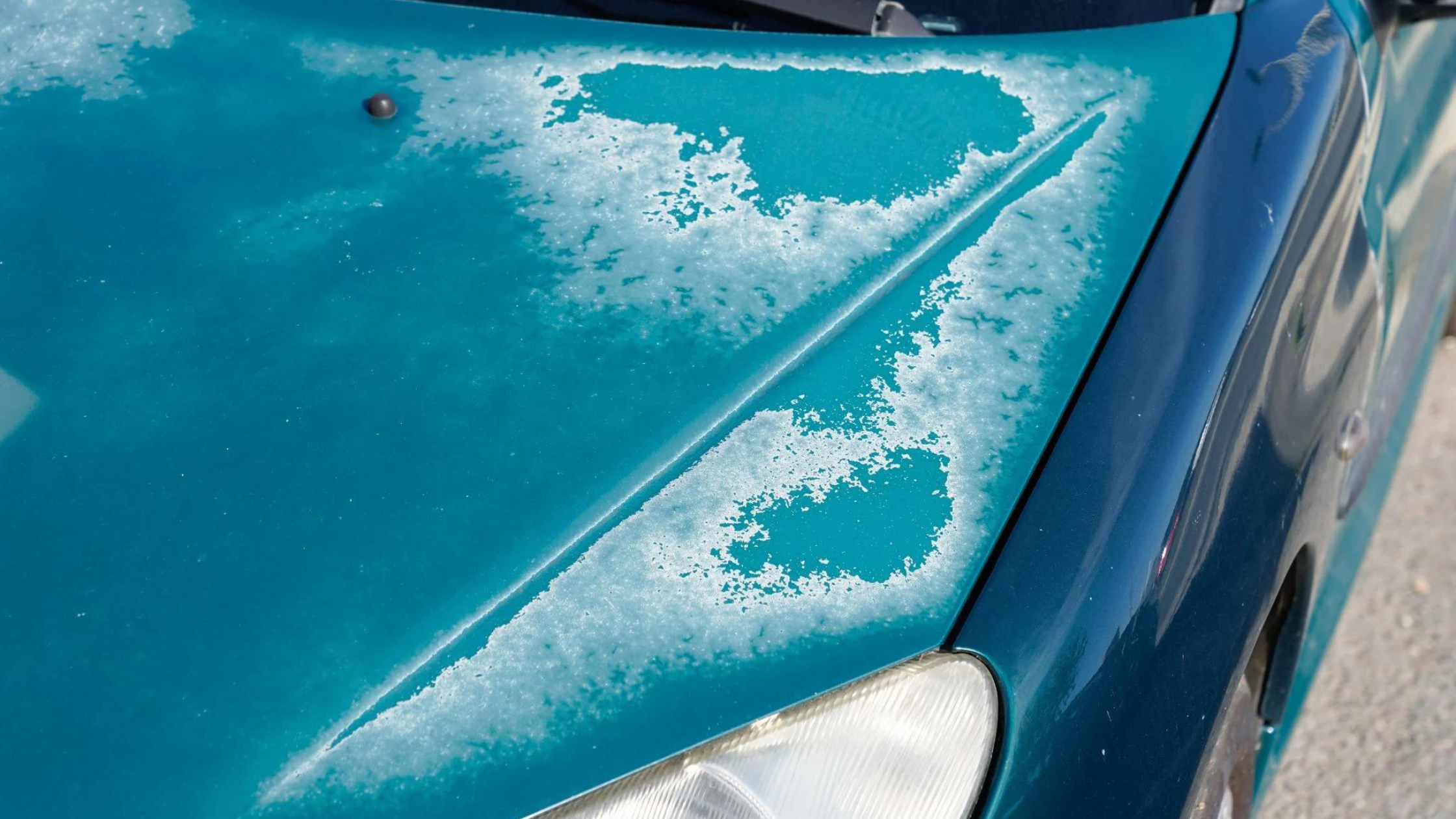 Revitalization
Revitalization
Over time and exposure to sun, wind and rain, your car’s paint can suffer various damages, such as fading, stains and even burns.
These imperfections affect the aesthetics of the vehicle, reduce its value and can even compromise the bodywork.
But there is a solution! In this guide you will discover how to identify the signs of burnt paint, what causes this problem, and most importantly, what techniques and products you can use to restore burnt paint on your vehicle.
With a little dedication and the right information, you can restore the burned paint on your car and make it like new!